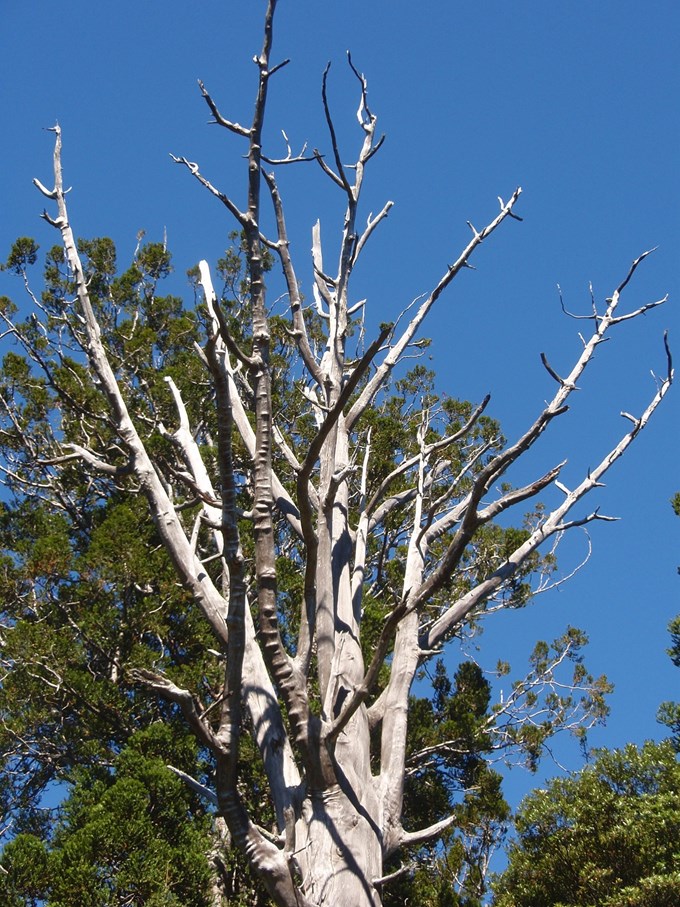Auckland Council recently consulted with the public on a draft plan for re-opening tracks in the Waitākere Ranges Regional Park.
The plan proposed what tracks would be prioritised for upgrade work and reopening over the next two to five years. It was developed using criteria that aimed to manage kauri dieback disease and support kauri health while still enabling a wide range of recreation opportunities.
Auckland Council Regional Parks Manager, Rachel Kelleher says the consultation received over 700 pieces of feedback during the eight-week consultation period through various channels, including community meetings and drop-in sessions, and one on one meetings with affected residents.
“Thank you to everyone who took time to provide us with their views on the draft plan. We’ve received the final feedback report and are pleased to share it with the public today.”
Read the full feedback report here [PDF].
“Staff are working hard to consider the feedback and finalise the forward work plan over the coming weeks. We are looking at the feedback against the reopening criteria that we provided to the public as part of the consultation process, as well as taking into account operational considerations. A response will also be provided for each track not included in the final plan.
“Kauri dieback protection is a serious and complex biosecurity issue and one that we must do our best to manage. While we will never be able to make everyone happy, we are committed to providing a realistic balance between recreation and conservation outcomes.
“We were pleased to reopen Comans Track and the Lower Arataki Nature Trail at Easter and it has been great to receive positive feedback from the public who have since walked these tracks. Contractors and staff have been working hard on upgrading both Zig Zag and Slip tracks and expect to have these open in the very near future.”
Auckland Council’s criteria for the re-opening of tracks:
- Recreating coastal connectivity, providing for multi-day walking opportunities and kauri-safe access to identified iconic destinations
- Tracks must be of a standard that protects and supports forest health and prevent the movement of soil to stop the spread of kauri dieback both within and out of the park
- Avoid high-value non-symptomatic kauri ecosystems
- Provide a range of recreational opportunities that where possible are concentrated to the forest edge.


